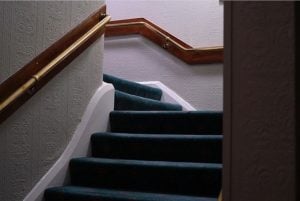
Matthew Phillips, Instagram: @openeyegallery
Adapting to a new socially distant world, Liverpool’s Open Eye Gallery has had to move its exhibitions online. A collaborative project with UCEN Manchester, due to display the physical work of its photography students in May, was displayed through Instagram instead. Mariama Attah, curator of Open Eye’s digital programme, shares her thoughts on coordinating a digital exhibition and what the future holds for the industry.
At Open Eye Gallery, we have been taking on the challenge of these new circumstances by focusing on creating digital event based content, allowing us to still engage meaningfully with our audiences. Our online programs and social media channels have been maintaining that connection at a time when we aren’t able to gather together in a physical space.
Our recent collaboration with UCEN is based on the ambition of wanting to share photography, its history and its uses more widely. The FdA and BA photography courses give us the chance to work with students and support them in real world situations through exhibition and placement opportunities. I always look forward to working with the students and helping them shape their ideas and thoughts and seeing them go on to realise their intentions.
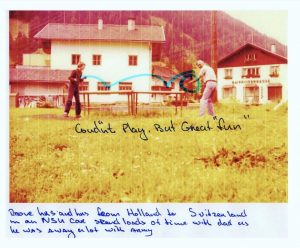
Anna Wijnhoven, Instagram: @openeyegallery
Their work was shared online, as opposed to in our gallery. It ranges from work inspired by our current situation to projects extending over the longer term. They each showed a real cohesiveness and a vision in terms of what they wanted to communicate. I’m always so impressed and inspired by projects that are able to show an evolution of creative thought and a clear execution of those ideas.
When you curate a digital exhibition intended for online display, you will have already considered audience engagement, participation and interpretation in relation to experiencing the exhibition online. Taking an existing, physical exhibition and trying to adapt it for an online space is a little trickier to fit seamlessly.
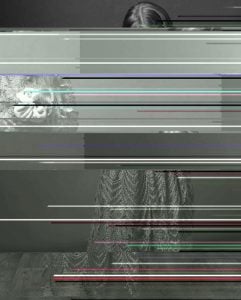
Schnel Lee, Instagram: @openeyegallery

Alessia Arpino, Instagram: @openeyegallery
There are many audiences that are used to seeing a large volume of images online and it can be a very natural way of encountering new work for some people. There is a difference in approach, feeling and understanding of seeing work online compared to seeing artworks in person.
There can be a dampening of a shared sense of discovery or in the connections made. Those moments you have when you’re visiting an exhibition with a friend can’t happen in the same way. There can also be aspects in your own environment competing for your attention. The sense of scale is less subjective when you’re looking at a photograph in person and that helps to introduce a physical element to the experience, instead of experiencing everything as being the same size on your phone screen or laptop.
But there are ways of supplementing online or non-physical visits. Interpretative materials and resources can be used discreetly in ways that might otherwise be a distraction in a physical space.
Social media is a tool that has always been used adeptly by the photography sector and it has played a key role in our exhibitions. Online platforms and social media work at such a wide scale because visual content can be easily understood and shared around the world, without having such a need to interpret, translate or contextualize it.
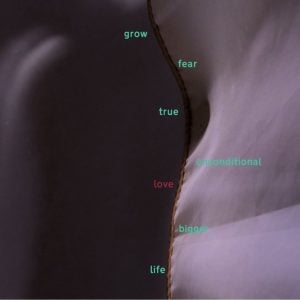
Ross Halliday, Instagram: @openeyegallery
The greatest challenge in curating online exhibitions is in understanding and readjusting our expectations of what engagement looks and feels like for audiences. Some of the benefits of experiencing an exhibition online, such as being able to visit an exhibition at any time of day, for any length of time, or being able to visit repeatedly, means that it can be difficult to anticipate how people will navigate the virtual space. However, I think this intangible nature is something to be embraced and understood, as it is one way of increasing access to art and exhibitions.
Over the next few months I think we all need to spend time reassuring audiences that the photography and art sector can and will continue to serve them online, in galleries, and in their communities. I think now is a crucial time in terms of defining what the areas of interest and focus should and can become, and interacting with and listening to our audiences is a way of achieving that. This is something that Open Eye Gallery will continue to do.
You can see this and more of Open Eye‘s digital exhibitions through their Instagram page: @openeyegallery
Filed under: Art & Photography
Tagged with: art, digital, exhibition, gallery, online, Open Eye Gallery, photography, photography exhibition, UCEN Manchester
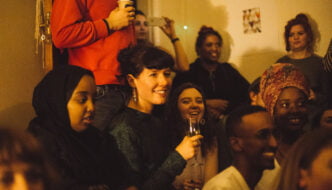


Comments